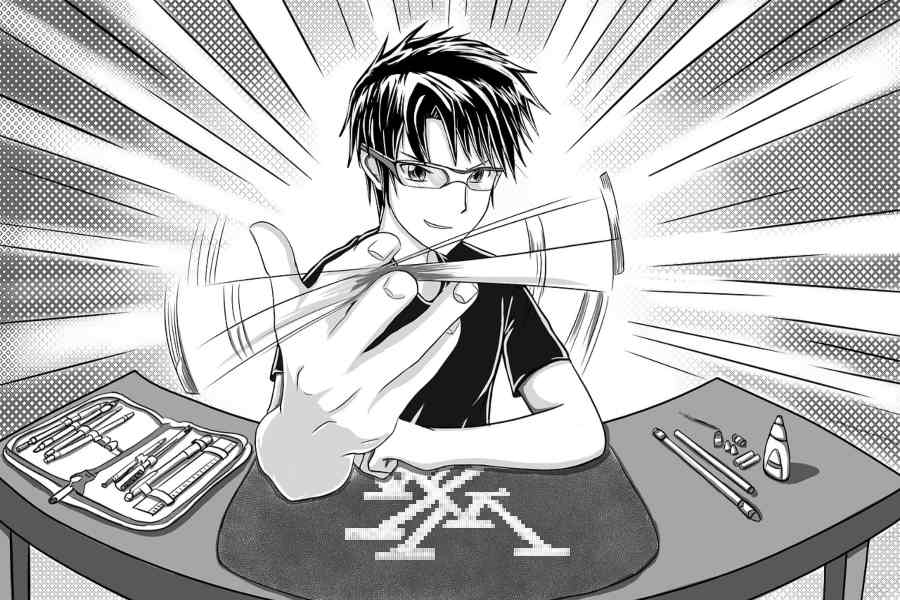Iron-on patches can be a great way to add a personal touch to your clothing and accessories. They come in a variety of designs and sizes and can be used to express your personality or show your allegiance to a particular club, team, or cause. But before you get too excited about your latest purchase, it’s important to consider all of the pros and cons of using these patches to make sure they are right for you. One of the biggest questions people ask is, “Do they come off?” To answer this, it’s important to consider the type of fabric the patch is being applied to, the heat setting used when applying the patch, and the type of adhesive used. In this article, we’ll explore all of these aspects of iron-on patches and look at the pros and cons to help you decide if they are right for you.
Do iron-on patches come off?
Yes. All patches eventually fall off. Some may take a few days, weeks, or months. Others may never completely come off. It depends on the type of material and adhesive used in the patch construction.
Types Of Iron On Adhesives
1. Heat-Activated Adhesive:
This is the most common type of adhesive used for iron-on patches. It is activated by heat and will bond the patch to the material it is applied to.
2. Pressure-sensitive Adhesive:
This type of adhesive requires pressure to stick and does not require heat. It is often used for temporary decorations, such as on banners or signs.
3. Iron-On Glue:
This type of glue requires heat, but not pressure, to adhere the patch to a fabric item.
Pros Of Iron On Patches
1. Easy To Apply:
Applying iron on patches is a very simple process that anyone can do in just a few minutes with an iron or press machine.
2. Durable:
Iron-on patches are very durable and can last through many washes and wearings without coming off or fading away like other types of patches might do over time.
3. Versatile:
Iron-on patches come in a variety of sizes, shapes, and colors, so you can find the perfect patch for whatever application you need.
Cons Of Iron On Patches
1. Heat Settings:
If the heat setting is too high, the patch could shrink or become damaged. If the heat setting is too low, it won’t adhere properly.
2. Damage To Fabric:
Applying an iron-on patch to certain types of fabric can cause damage to the fabric if not done properly.
3. Not Permanent:
Iron-on patches are not permanent and can come off over time with wear and tear or through washing and drying clothes.
How To Apply Iron On Patches
Choose The Right Iron-On Patch
When you’re choosing iron-on patches, there are a few factors you should consider. There are several different materials that patches are made from, including fabric, paper, vinyl, rhinestones, and leather. The best material to choose depends on what you’re patching and the look you’re going for. Fabric patches are ideal for patching holes and tears. You can sew them on using a hand-sewing needle and embroidery thread. However, because fabric patches are thick, you shouldn’t use them on fabric that you plan to wash frequently. Paper patches are great for adding a one-off design to a t-shirt, or you could use them to cover a small hole. They can be embellished with pens, pencils, and paints for even more customization. Vinyl patches are ideal for sports equipment, backpacks, and hats. They can be attached with a hot iron, which will melt the adhesive on the patch and fuse it to the fabric. Vinyl patches are also waterproof, so they can be used to patch waterproof items like raincoats and wet suits. Rhinestone patches are great for adding a bit of glam to your outfit. You can choose from a range of different colors and shapes, including hearts, diamonds, and flowers. Leather patches are ideal if you want to add a vintage feel to your clothing. This material is durable, so it’s great for items that are frequently worn and washed.
Prepare The Fabric
Before you start applying your patches, you need to prepare your fabric. Ironing the fabric will set the wrinkles and creases, so they won’t come out when you wash your garment. To do this, turn the garment inside out and iron it from the inside. Then, turn it right side out and iron the outside. This will make the fabric smooth and ready for patching. You should also wash your fabric before ironing it, especially if it’s a new garment. This will remove any excess dye from the fabric, giving you a patching surface that is clean and ready to accept your patches. If you’re patching something that will be exposed to water, make sure to choose waterproof fabrics, like synthetic fabrics. Cotton is great for items that will only be worn in dry conditions, like a jacket or bag.
Pre-Heat The Iron
Before you start applying your patches, you should pre-heat the iron. Most iron-on patches recommend that you iron them at a high-temperature setting of between 110 and 120 degrees Celsius. Pre-heating the iron will help set the wrinkles and creases in the fabric and will make the ironing process a lot easier. If the fabric is still crumpled after ironing, re-iron it from the inside out again. Ironing a patch is a bit different from ironing your clothes, so it’s a good idea to practice a few times. You don’t want to risk ruining your garment by overheating the iron, so be sure to keep an eye on the temperature.
Position The Patch
Before you attach the patch, you should position it correctly on the garment. The patch should be in the center of the item and as close to the edge as possible without touching it. This will help prevent fraying. You also need to decide how you want the patch to look, and whether you want it to be placed horizontally or vertically. If you’re patching a garment that you’re going to wear, it’s best to apply the patch to the inside of the garment. This will keep it hidden and protected from wear and tear. However, if you’re patching an item that isn’t worn, such as a backpack, then you can apply the patch to the outside of the fabric.
Place A Teflon Sheet On The Patch
Before you iron the patch onto the garment, place a Teflon ironing sheet on top of the patch. This will prevent the iron from sticking to the patch, which could distort the shape of the design. It’s also a good idea to use an ironing sheet if you’re ironing synthetic fabrics, as they will melt when you apply a high-temperature iron directly to them. Iron the patch for 30-60 seconds, pressing it down so that the entire patch is stuck to the fabric. Be careful not to move the iron as you’re pressing down, as this could cause the patch to shift.
Iron The Patch Again
Wait for the patch to cool, then iron it again. This will set the design and make it even more secure. It’s also useful to iron the area around the patch to flatten any creases. This will make the garment look neater and will hide any stray threads from the patching process.
Allow The Patch To Cool
After you’ve ironed the patch, you need to let the garment cool for about 5 minutes. This will prevent the patch from wrinkling or pulling away from the fabric as it cools and contracts. You should also wait for the iron to cool down before touching the patch. Doing this could cause the patch to warp, which will distort the design.
Remove The Teflon Sheet
Once the fabric has completely cooled, you can remove the Teflon ironing sheet. However, be careful not to pull at the patch. You could rip it off, which would ruin the design. Instead, carefully peel the ironing sheet off the fabric. If there are any sticky remnants on the sheet, you can remove them with a pair of tweezers.
Enjoy Your New Look!
Your garment is now ready for wear! Iron-on patches are a great way to add a bit of personality to your clothes and accessories. You can choose from an assortment of different designs and materials, so you can find something that suits your style.
Conclusion
Iron-on patches are a fun and easy way to customize your favorite clothing and accessories. They come in a variety of designs and sizes and can be used to express your personality or show your allegiance to a particular club, team, or cause. The best fabrics for iron-on patches are woven fabrics like cotton, polyester, and nylon. Iron-on patches work best on fabrics that are 8-10 ounces. To make iron-on patches last as long as possible, you should pre-wash and pre-dry the garment, iron the patch first, and pre-press the adhesive before applying it to the garment.








